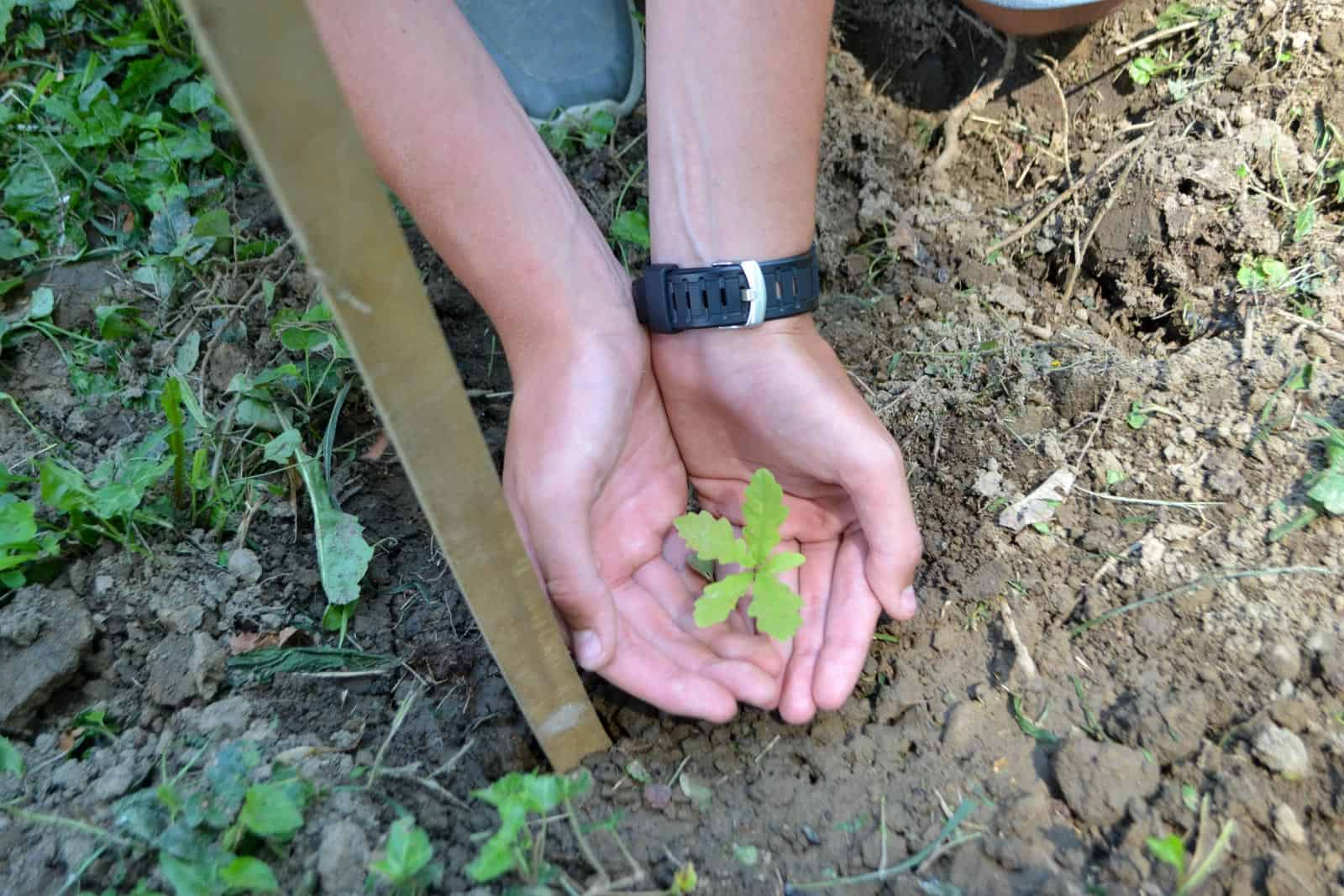Healthy soil: good for you and for the planet
The other day, we looked at why healthy soil is an important instrument to fight climate change. The focus here needs to lie on the word healthy. To create and foster healthy soil, farmers have plenty of methods and tool available to them. That is what we will look at today.
Why healthy soil matters
Soil provides nutrients that sustain plants for food and energy, and anchors their roots. By absorbing, releasing and purifying most of the water on earth, it supplies us with drinking water, regulates excess rainfall and prevents floods.
Much of the planet’s biodiversity also resides in the soil. It is estimated that an hectare of soil may contain about 800 kg of earthworms, 2000 kg of fungi, 1400 kg of bacteria, 120 kg of protozoa, 800 kg of arthropods and algae, and even sometimes small mammals.
Finally, soil acts as a buffer against pollutants such as heavy metals and excess nutrients. Moreover, soil is critical in helping slow climate change. As the largest carbon sink on land, it stores over three times more carbon than forests and other vegetation. All of these benefits come from healthy soil, something that is not always easy to judge from the outside. Because what actually matters can only be seen from the inside, like the following picture of the artist Maggie Eileen illustrates really great:

Land management for healthy soil rich in carbon
Most crops are annuals, so after harvest, fields are often left bare. This should be avoided in order to protect the topsoil and avoid erosion. Leaving crop residue in the ground or planting cover crops that are not to be harvested, like clover and legumes, can compensate for this and put even more carbon into the soil.
Crop rotation and the use of diverse crops, especially those with deeper roots such as perennials, add more varied biomass to the soil (some of which might be more resistant to decomposition) and hence more carbon.
When tillage is minimized, soil carbon is not exposed to oxygen and soil aggregates remain intact, sheltering their carbon.
Rotational grazing helps keep carbon in the soil by moving herds to new pastures after grazing, allowing old ones to regrow. In addition, carbon in the form of manure gets spread around. Together with compost, manure increase soil productivity and the formation of stable carbon that can remain in the soil for decades. Like this, a well-balanced system for animals and plants can be established.
If the soil is still productive, enhancing soil health increases food productivity and, therefore, also economic value. However, the described measures can even restore highly degraded soils that seem like they will never again grow anything. The following video illustrates this. Two farmers in Spain restored the water cycle and soil productivity in only two years.
Are you wondering how you personally can contribute to healthy soils? We will cover this in the next article about soil health!









